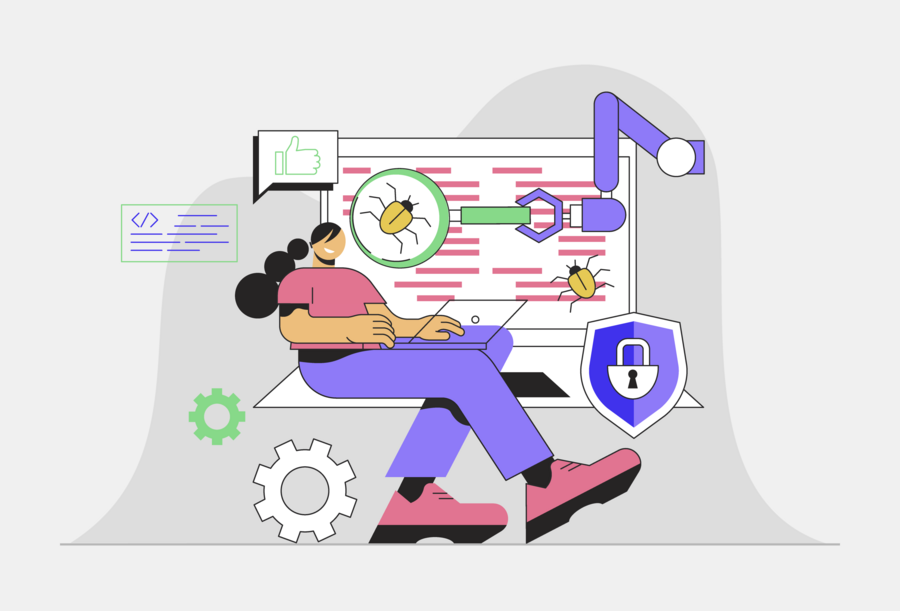Testing is an extremely important part of the software development process that should not be overlooked, as it serves to ensure that the client receives the highest possible quality of the solutions delivered. At this stage, it is possible to verify that the resulting digital product meets all requirements and is actually fit for use. In the case of web applications, which are complex constructions consisting of many components, in-depth verification is a must. This avoids mistakes in the implementation of the project in the first place, as well as making sure that all functionalities will work as they should. There are two paths, the combination of which creates the most effective test suite.
Types of testing
Manual (exploratory) testing involves the tester manually checking the quality of the source code. In this situation, the specialist independently checks all the most important features of the software - preparing specific test scenarios and reports without the help of additional tools. Automatic tests (validations), on the other hand, are based on pre-designed scripts that automatically compare the results obtained with those expected. They speed up the verification of very complex systems, but do not replace the manual tester, as they require a certain amount of work, for example in the form of writing a script for a given test scenario.
Automated tests are most effective for relatively simple but repetitive activities. However, when it comes to more complex problems and systems, the experience and knowledge of the manual tester is irreplaceable. Hence, as we mentioned earlier, it is best to use a combination of both types of testing
Advantages and disadvantages of each type of testing
| Automatic tests | Manual tests | ||
|---|---|---|---|
| Advantages | Disadvantages | Advantages | Disadvantages |
|
|
|
|
Both manual and automated verification are key to delivering high-quality technology solutions. Testing a digital product allows the vast majority of irregularities to be eliminated even before the product is implemented. The choice of methods and the timing of evaluation for errors is strictly dependent on the individual characteristics of a given project - there is no one-size-fits-all recipe here. It may turn out that even a seemingly simple application, tested manually, will still require additional, automatic verification.





